Aerial photography and videography have become increasingly popular with the rise of drones, and one crucial aspect often overlooked is color accuracy.
The ability of a drone camera to reproduce colors accurately can significantly impact the quality and realism of your aerial imagery.
In this article, we’ll explore the significance of color accuracy in drone cameras, its relevance across various industries, and how to achieve the best results when it comes to capturing vibrant and true-to-life colors.
The Basics of Color Accuracy
Color accuracy, in the context of photography, refers to a camera’s ability to capture and reproduce colors as they appear in the real world.
This involves faithfully rendering hues, shades, and tones without introducing unwanted shifts or distortions.
Achieving color accuracy is vital for creating visually appealing and true-to-life images and videos.
Key Factors Influencing Color Accuracy in Drone Cameras
- Sensor Quality: The quality and type of sensor in a drone camera play a significant role in color reproduction. Cameras with larger sensors often deliver better color accuracy.
- Color Profiles: Many drones offer various color profiles or modes, such as Standard, Vivid, or D-Log, allowing users to choose the level of color saturation and contrast that suits their needs.
- White Balance: Proper white balance settings ensure that colors appear natural and neutral, regardless of the lighting conditions.
- Color Calibration: Some professional-grade drones offer color calibration tools that enable users to fine-tune color accuracy based on their preferences and requirements.
Significance of Color Accuracy
- Photographic Realism: In fields like real estate photography, architecture, and landscape photography, color accuracy is crucial for presenting properties and landscapes in their true colors, enabling potential buyers or viewers to make informed decisions.
- Scientific Research: In scientific applications such as environmental monitoring, agriculture, and geological surveys, accurate color representation is essential for precise data analysis and research.
- Filmmaking and Cinematography: Filmmakers rely on accurate colors to convey emotions, set moods, and create cinematic visuals. Color grading in post-production can be more effective with accurate source footage.
- Artistic Expression: For creative projects and artistic aerial photography, color accuracy allows photographers and videographers to express their vision and convey emotions more authentically.
Achieving Color Accuracy
- Manual White Balance: Adjust the white balance settings based on the lighting conditions to ensure colors are reproduced accurately.
- Shoot in RAW: Whenever possible, shoot in RAW format. RAW files contain more color information, allowing for greater flexibility in post-processing and color correction.
- Color Calibration: Use color calibration tools or software to fine-tune color accuracy according to your specific preferences and needs.
- Post-Processing: Invest time in post-processing to further enhance color accuracy and correct any minor deviations using editing software.
Conclusion
Color accuracy is a fundamental aspect of drone photography and videography that should not be underestimated.
Whether you’re capturing breathtaking landscapes, conducting scientific research, or creating cinematic masterpieces, accurate colors can make a world of difference in the quality and impact of your aerial imagery.
By understanding the factors that influence color accuracy and implementing the right techniques and tools, you can ensure that your drone camera faithfully reproduces the vibrant and true-to-life colors of the world from above.




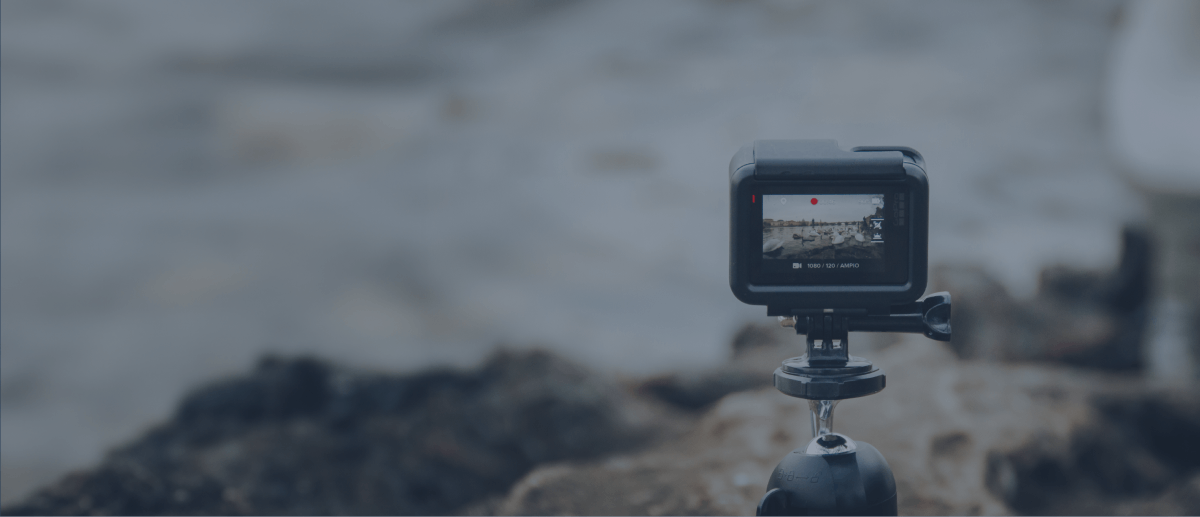
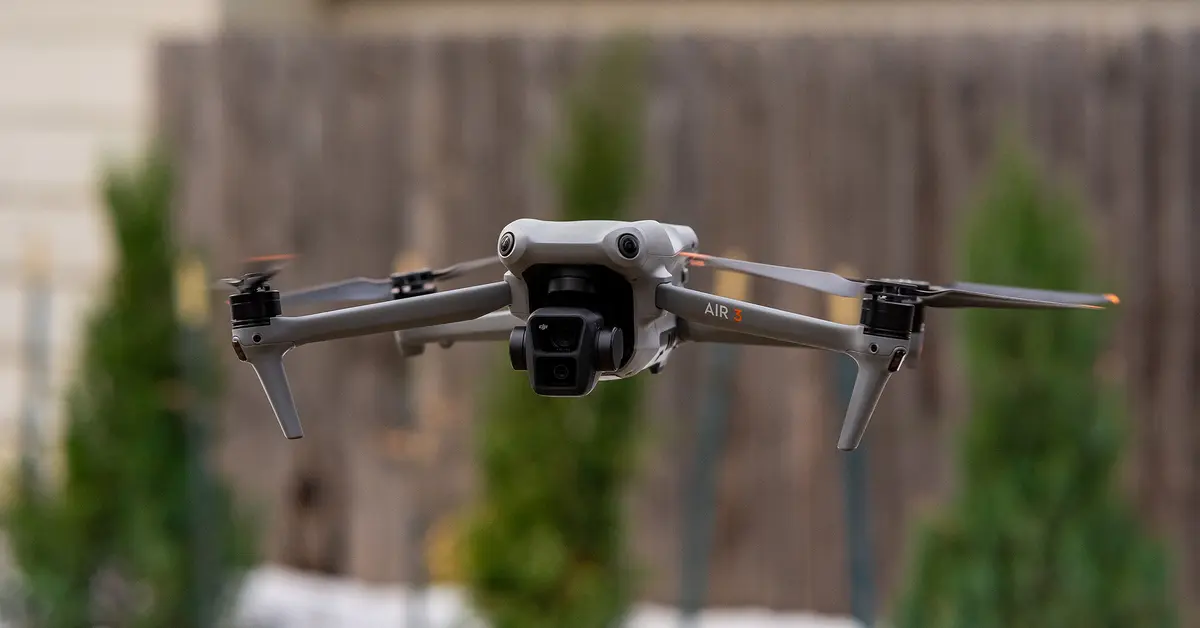
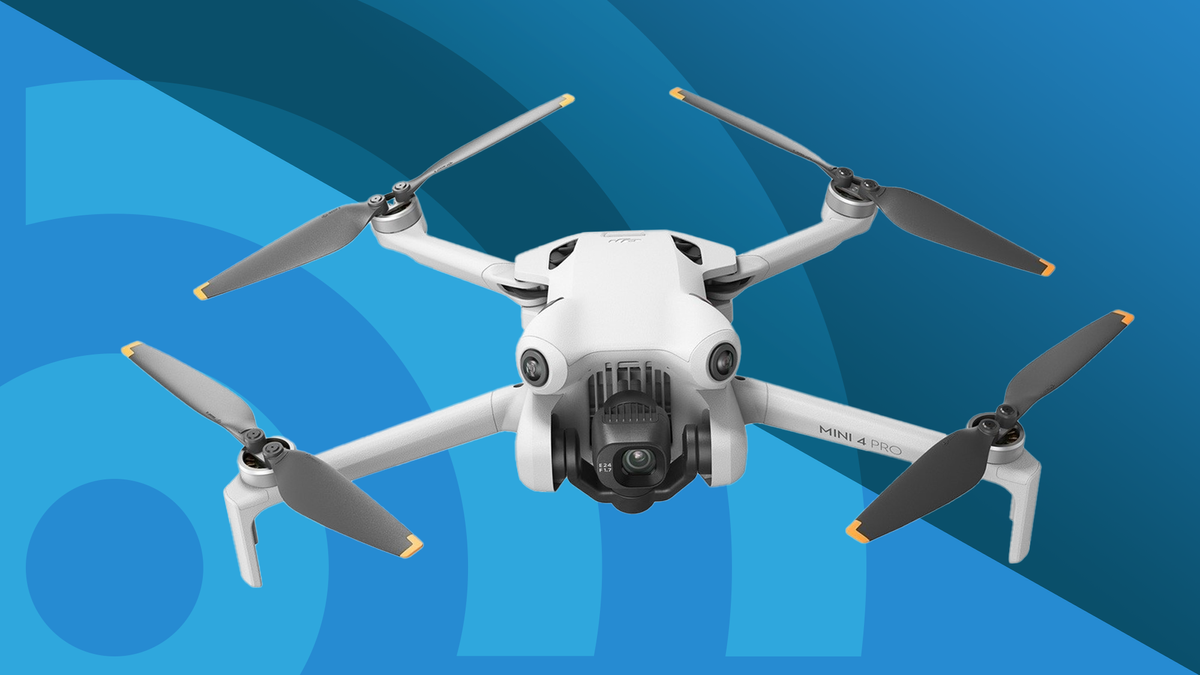
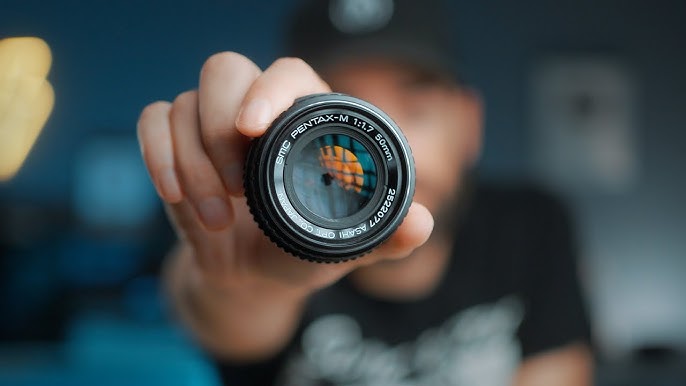
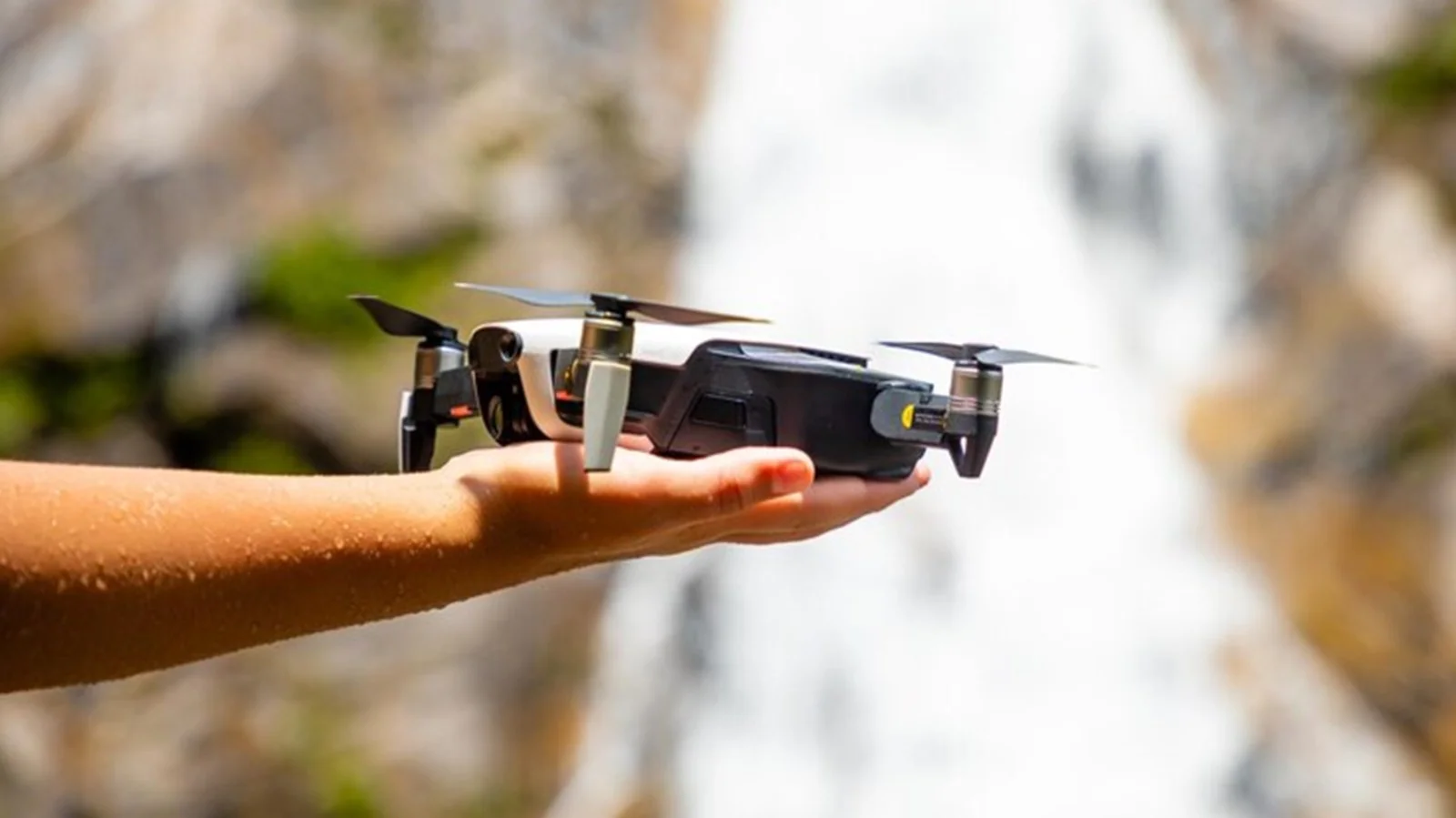
Leave a Reply